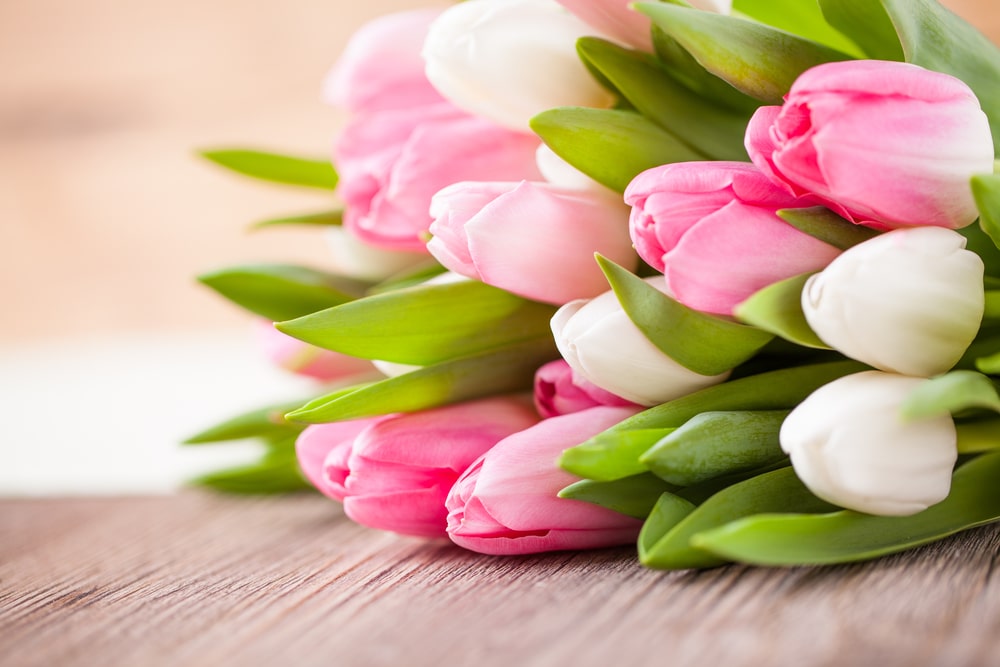The Netherlands may be the world’s largest grower of tulips, but did you know that they are not native there? No, tulips are native to mountainous areas of Turkey and Russia!
So how did tulips get to the Netherlands? In the late 1500s, the ambassador to the courts of Suleiman the Magnificent was intrigued by these beautiful flowers growing around the royal courtyards. He sent a few bulbs to a friend of his who had just been named the director of the horticultural gardens in Leiden, Holland, who planted the bulbs in his courtyard there.
In the late 1500s and early 1600s, Europe was coming out of the Dark Ages and searching for the new and beautiful and fell in love with the tulip.
Grow Your Own
Speaking of growing tulips, here’s how to grow your own! Do not plant tulips until the soil has cooled off considerably—no sooner than the end of October up to mid-November here in Central Virginia.
Tulips are edible—meaning that if a squirrel, etc. can get to the bulb, they’ll eat it. But—there are things we can do! Plant tulip bulbs DEEP—10 inches deep. Squirrels will dig, but they do not tunnel. Plant them that deep and the squirrels won’t get them. Because voles tend to tunnel in the top six inches where it’s easier to dig, they’ll miss them, too. This also serves to protect them a little from our summer heat. Remember, they’re native to the mountains—so they don’t mind the cold. It’s the summer heat they’re not fond of.
Now, I’m a lazy gardener—if I’m gonna dig a hole that deep, I’m going to make it “work” for me—I’ll tuck the tulips in the bottom, then cover them over to the six-inch depth. Then I’ll tuck daffodils or hyacinths in that layer. Then I’ll cover the daffs or hyacinths to the “tip” of the bulbs and set crocus or mini-iris, or muscari in that layer. Then I’ll cover those bulbs to the top of the hole. And just for looks, I’ll tuck a few pansies on top of the whole thing. That’s called “lasagna gardening”—planting in layers!
And, just to keep the squirrels from nosing about the top layer, I’ll generously sprinkle crushed red pepper flakes over the whole area.
And, for those of us with deer (including me), putting daffodils or hyacinths in the middle layer, they’ll help to protect the tulips from them, too. See, daffodils are poisonous, and deer don’t like the smell or taste of hyacinths. They’ll smell those and leave the tulips alone.
Another thing to ensure success: Tulips don’t like sleeping in a wet bed. When they’re dormant, they want to be dry. DON’T plant them in areas where you put fast-drying summer annuals that have to be watered every couple of days in the summer. Plant them in problem areas—on sunny slopes, along that back fence where the hose doesn’t reach.
The most important time to feed is in the fall when they’re “waking up” and growing roots for the winter. You can also feed them in the spring when the foliage first starts popping up. “Deadheading” (removing dead flowers) is also important so the bulb doesn’t expend energy trying to produce seeds.
So come and sort through our great selection of tulips—or daffodils, hyacinths, or crocus.

